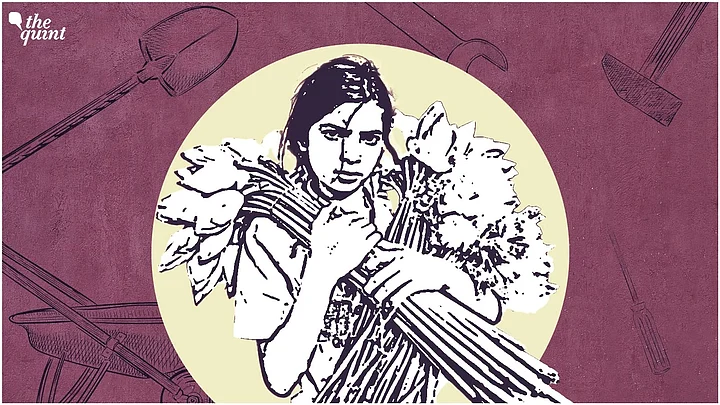Child labour is often defined as work that deprives children of their childhood, their potential, and dignity, and hinders physical and mental development. An increase in poverty, lack of decent work opportunities for adults and adolescents, and lack of access to quality education are the major driving forces behind children being pushed into exploitative work conditions.
Once they are forced into labour at a fairly young age, they are automatically denied their right to education. Unsafe working conditions also leave a severe impact on their health, thus, leading some of them to develop serious, long-term medical conditions.
Laws Against Child Labour
The crime of child trafficking is also deeply linked with child labour and the cycle of abuse. Children being subjected to all kinds of violence is extremely common, and are left even more vulnerable to social inequality and discrimination.
A majority of these cases happen due to the wide and unregulated presence of illegal placement agencies across the country that lure children from rural regions of the country to unpaid work in urban centres.
In India, the engagement of children in unfavourable or hazardous employment conditions is regulated under the Child Labour (Prohibition And Regulation) Act of 1986. The act completely prohibits the employment of children below the age of 14 in all occupations. It also lays out similar provisions for adolescents and implements stricter punishment for the employers of such establishments. The Ministry of Labour and Employment of the Government of India has even issued an SOP for the enforcement of this act in the year 2017.
The law enforcement authorities and officials of the labour department play a critical role in identifying and registering cases of child labour. There is a need to monitor all factories and local establishments to ensure adherence to labour law regulations against exploitative measures. It is also equally important to ensure that children are withdrawn from workplaces where hazardous work is being undertaken for the sake of their care and protection.
However, due to a lack of awareness among the police officers and non-regulation of informal as well as formal sectors in the industry, children continue to bear the brunt of such a pernicious system. Therefore, sensitisation and capacity building of law enforcement officials are essential to effect such a legislation.
Solutions to Combat Child Labour
The child labour condition in India bears systemic ills and needs serious addressing by the government via developing long-term services for the rehabilitation of children to ensure they have access to education and health services.
Other solutions include the creation of community vigilance groups to identify and report cases of child labour in local areas. Stricter implementation of the legislations, SOPs and guidelines aimed at safeguarding the rights of children not only to prevent such cases but also to ascertain stricter punishment against perpetrators is the way forward.
(Rishi Kant, an IVLP alumni, has been a social activist for more than 20 years, fighting to protect rights of women and children from violence and abuse. He has led several rescue operations against the organized crime network of traffickers.)
(This is an opinion piece. The views expressed above are the author’s own. The Quint neither endorses nor is responsible for them.)
